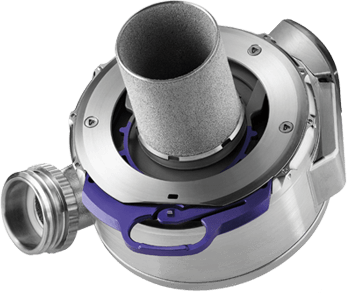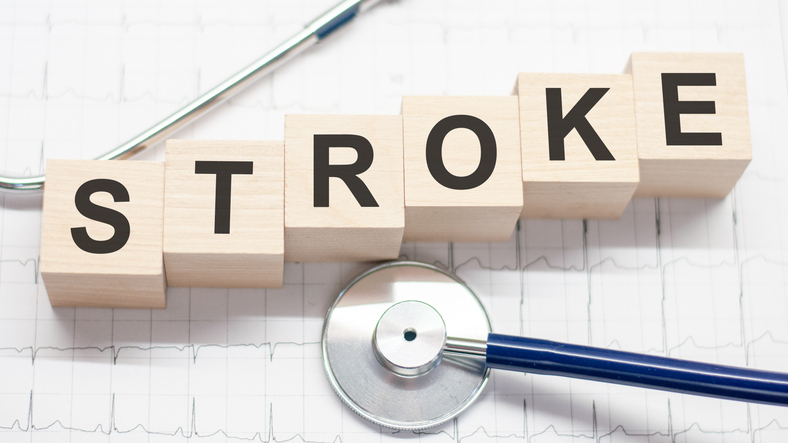
Results from the newly published analysis of the MOMENTUM-3 study indicate that mechanical circulatory support may be beneficial across multiple traditional treatment categories for heart failure patients.
“This is an important analysis that could lead to a major change in thinking around adjudication of left ventricular assist devices (LVADs) into discrete categories,” study co-author Mandeep Mehra, MD, Executive Director of the Brigham’s Center for Advanced Heart Disease, said in a press release. “We often fear that the focus on categorizing patients based on the goal of therapy, especially for patients who fall into the gray zone, may cause significant delays in decision making.”
The analysis, published in JAMA Cardiology, included 1,020 patients with advanced heart failure who had mechanical circulatory support device implants (515 with the HeartMate 3 and 505 with the HeartMate II). Patients were categorized into three groups based upon the intent of the mechanical device therapy: bridge-to-candidacy (BTC), bridge-to-therapy (BTT), and destination therapy (DT). The endpoint of interest for the analysis was patient survival free of disabling stroke or reoperation to remove/replace a support device at two years. Secondary endpoints included adverse events, functional status, and quality of life.
Mechanical Support Benefits All Groups
According to the analysis results, 396 (38.8%) of the patients were in the BTT/BTC groups. In those patients deemed as ineligible for transplant, 13.5% (84 of 624) of the patients ended up undergoing heart transplantation within two years of receiving mechanical support in the form of a left ventricular assist device (LVAD). The HeartMate 3 performed in a superior fashion compared with the HeartMate II in patients in the BTT/BTC cohort (76.8% vs. 67.3% for survival free of disabling stroke and reoperation; HR=0.62; 95% CI, 0.40 to 0.94; log-rank P=0.02), as well as in the DT group (73.2% vs. 58.7%; HR=0.61; 95% CI, 0.46 to 0.81; log-rank P<0.001). The treatment groups did not differ significantly in the reduction of rates of pump thrombosis, stroke, gastrointestinal bleeding with HeartMate 3 use relative to HeartMate II use. Quality of life and functional capacity did not differ between the pump types.
“Our data indicate that with the new generation LVAD, important clinical outcomes are relatively similar between these groups, suggesting that our attention should be on the patient’s journey, not the destination,” Dr. Mehra said. “We should be focused on the patient’s characteristics and identifying those who are transitioning into advanced heart failure for whom an LVAD may improve quality of life.”
IMAGE: HeartMate 3 LVAD. Courtesy: Abbott
http://twitter.com/MRMehraMD/statuses/1217524466567106560
Does intended goal of therapy (bridge vs destination) impact VAD outcomes? Important results potentially supporting the use of a single treatment indication for LVADs. https://t.co/tBvIVv4mhq
— Lena E. Trager, MD (@LenaETrager) January 15, 2020
Great paper! Excited to see our pediatric and achd patient data published soon. @MRMehraMD @kdaly00 https://t.co/r9Uizasooa
— ACTION (@ACTION4HF) January 15, 2020
Great study with excellent competing risks analysis.
A higher rate of transplant in the HMII arm makes sense given the higher rate of device complications with HMII reported in MOMENTUM 3. https://t.co/vta21HMdDN pic.twitter.com/BSVI9njEqN
— William F Parker, MD, PhD (@WF_Parker) January 15, 2020
Honored to represent the incredible efforts the @StVincentIN crew contributed to this important topic – get rid of labels for #LVAD! @SunitChaudhryMD @CSalerno537 @MinnowWalsh https://t.co/rTmiFpCif3
— Ashwin R (@shwinner) January 15, 2020







 © 2025 Mashup Media, LLC, a Formedics Property. All Rights Reserved.
© 2025 Mashup Media, LLC, a Formedics Property. All Rights Reserved.